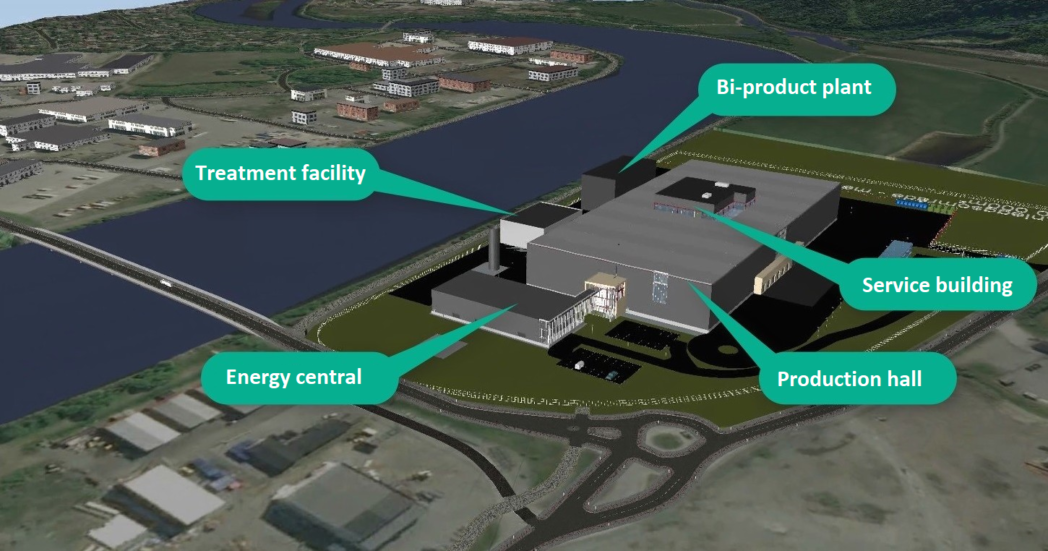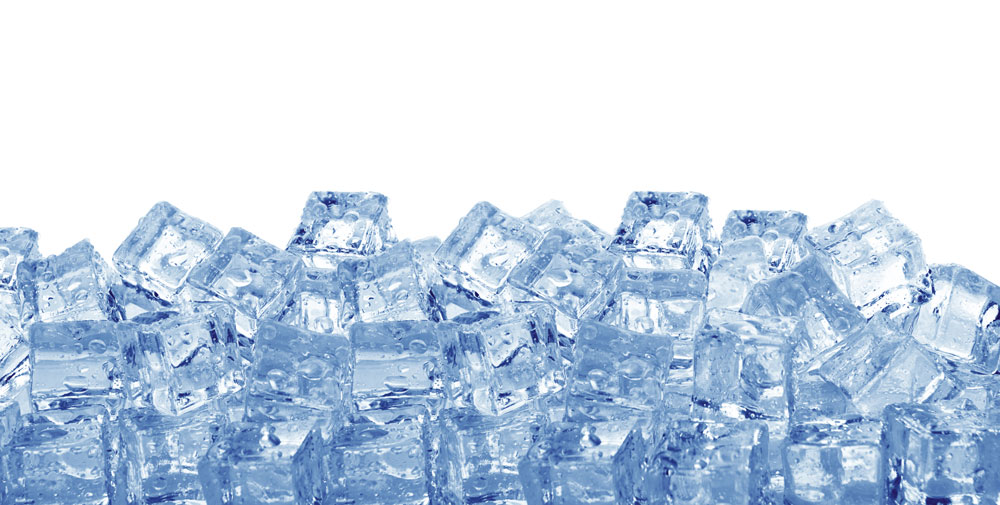Blogger: Håkon Selvnes, PhD student at NTNU working on the HighEFF project
Energy efficiency is a challenge. Due to large variations in the need for cooling, the refrigeration system operates few hours on maximum installed capacity. As a result, refrigeration systems are mostly over-dimensioned for daily operation and uses more electricity than what is necessary.
HighEFF is working on a solution to this challenge: CTES technology.
Refrigeration systems surrounds us in our daily life and are a crucial part of modern society. The applications range from providing satisfying indoor comfort by air-conditioning, to ensuring good food quality at supermarkets and in refrigerators at home.
According to the International Energy Agency, the demand for cooling worldwide is expected to rise significantly in the coming decades, especially due to requirement for air conditioning in developing economies as standards of living rise. Designing flexible and energy-efficiency refrigeration systems will therefore be very important to limit the energy use and carbon footprint of the sector.
The challenge: Efficient refrigeration operation
So, what is the challenge in designing refrigeration systems for efficient operation?
In many industrial systems, the demand for cooling forms distinct peaks in energy consumption during the day, following the amount of product that goes through the plant. The maximum capacity peak demands usually last for a very short time, meaning the system operate at low capacity for most of the time. Moreover, since the refrigeration system is designed for giving best efficiency at full capacity, part-load operation gives lower efficiency. The result is an increase the energy use of the system.
What is then the solution to this? PhD-candidate Håkon Selvnes argues that one possible solution is to use cold thermal energy storage (CTES).
Storing some of the cooling needed for peak hours in advance can give better flexibility for plant owners, and in addition provide the opportunity to reduce the installed capacity of the system.
Old technology is still a good idea
Storing cold energy in ice is a good example on how a system of CTES can work, as it changes phase from liquid to solid at 0°C. Storing ice for cooling purposes has been going on for nearly as long as man has walked this earth. Before the development of refrigeration technology, we had to cut the ice from frozen lakes during the winter and then store it until it was needed. The Persians learned how to store ice for food conservation in special caves in the middle of the desert as early as 400 BC.
… but need some tweaking
As technology has advanced, providing cooling for our demands has been industrialized. The current research now focuses on the possibility to use phase-change materials, also known as PCMs, for storing cold energy at temperatures even lower than 0°C for cooling and freezing applications.
PCM is the term given to materials where the latent heat capacity is actively taken advantage of to store energy. Typical product temperatures in food processing plants are +2°C for cooling and -40°C for deep freezing. Therefore, direct integration of a cold thermal energy storage in a modern industrial plant will require materials with lower phase-changing temperatures than water.
Even though the plan is to explore more exotic materials than water to use as PCM, the primary focus for the research is to use water for the initial testing. It is an excellent starting point for a PCM as its non-toxic, cheap, available and its thermal properties are well known. After successful experiments with water, the technology will be tested for a variety of other PCMs. Materials with phase change temperatures in the range from 0°C down to -50°C are of interest for the project. This can be obtained by mixing in a salt in the water, usually calcium chloride or sodium chloride, which lowers the freezing point of water depending on the concentration of the salt.
Preparation is the key: You want your ice in your own freezer
The basic idea is to use the refrigeration equipment in the plant to charge the storage during the night, when the demand for cooling in the plant is low. The PCM in the storage exchanges heat with the refrigeration system and becomes a solid. As the working day starts and products begin to move through the plant, refrigeration demand rises. Then the solid PCM in storage can be used to handle a part of the cooling demand, and consequently melts to liquid again. The process is then repeated every day through the working week.

When you want some ice in your drink on a hot summer day, it is more convenient to have some in the freezer at home than to go to the nearest supermarket to buy it. The very same principle applies to a CTES system in a large-scale operation. You are better prepared for warm days and high production with some of the cooling needed already in storage.
The chicken factory
Testing of the technology is ongoing at the refrigeration laboratories at NTNU. The group of researchers working with the project is excited to see the results and have big plans for the new CTES storage modules.

The plan is to test the technology in full scale after the testing of finish the pilot testing in the lab. PhD candidate Håkon Selvnes is writing his thesis on cold thermal energy storage. REMA 1000 is one of the leading supermarket chains in the country and an industrial partner in HighEFF.
They are in the planning phase of building a huge poultry processing plant in central Norway, and they have very high ambitions on using the latest technology to be best in class of similar plants. This is the perfect case example where a CTES technology can be implemented. The cooperation between the researchers and the industry is very important to develop technology that has high potential and is interesting to the users. The goal is to introduce the new CTES system in the new poultry processing plant, to show a real-life application of the technology.

If testing works – it is a game-changer
There are many benefits of shifting the load to off-peak hours by using a CTES system:
- The CTES can offer backup cooling in case of a power short out
- Gives plant owners the flexibility to use electricity when it is cheapest on the market
- Reduces the load on the electrical grid, postponing large investments for grid companies
- Enables use of renewable energy when it is available, lowering the CO2 footprint
- Stabilizing the load on the refrigeration system, making it possible to run it more efficiently, reducing the electricity consumption in the plant
The researchers are eager to get satisfying results from their testing, and hope that they can convince plant owners to go with the technology. The plant owners are the ones who finally decides whether to invest in the technology or not, so the technology have to be competitive and cost-efficient. That is why testing in the lab is very important.
Nobody would buy a new car if there where uncertainties whether it drives or not. The researchers in the project are excited to see what the upcoming months will bring. They indicate that if the system performs as predicted, could be a real game-changer. A success in this project will definitely encourage other plant owners to consider the technology as well.



0 comments on “Saving the cold for later: Decoupling supply and demand”